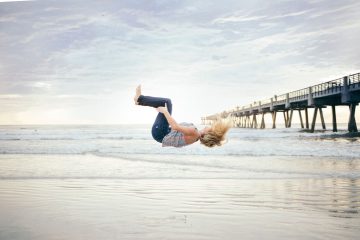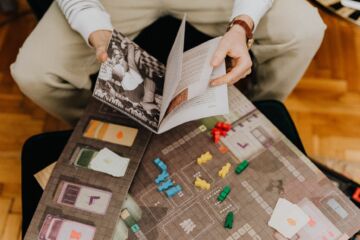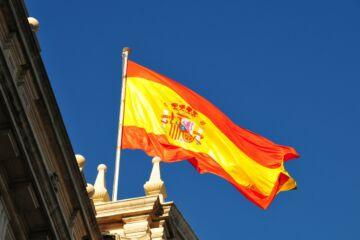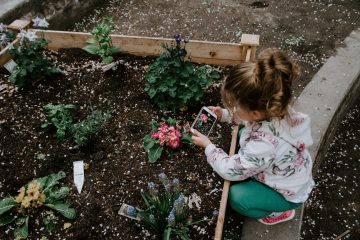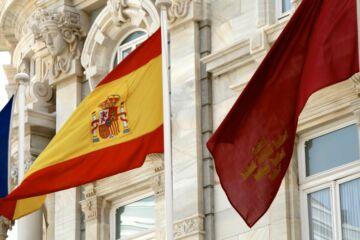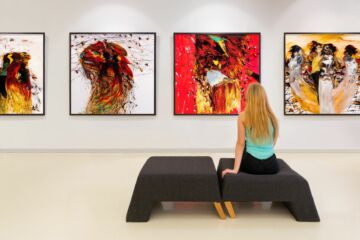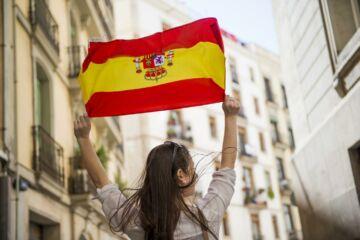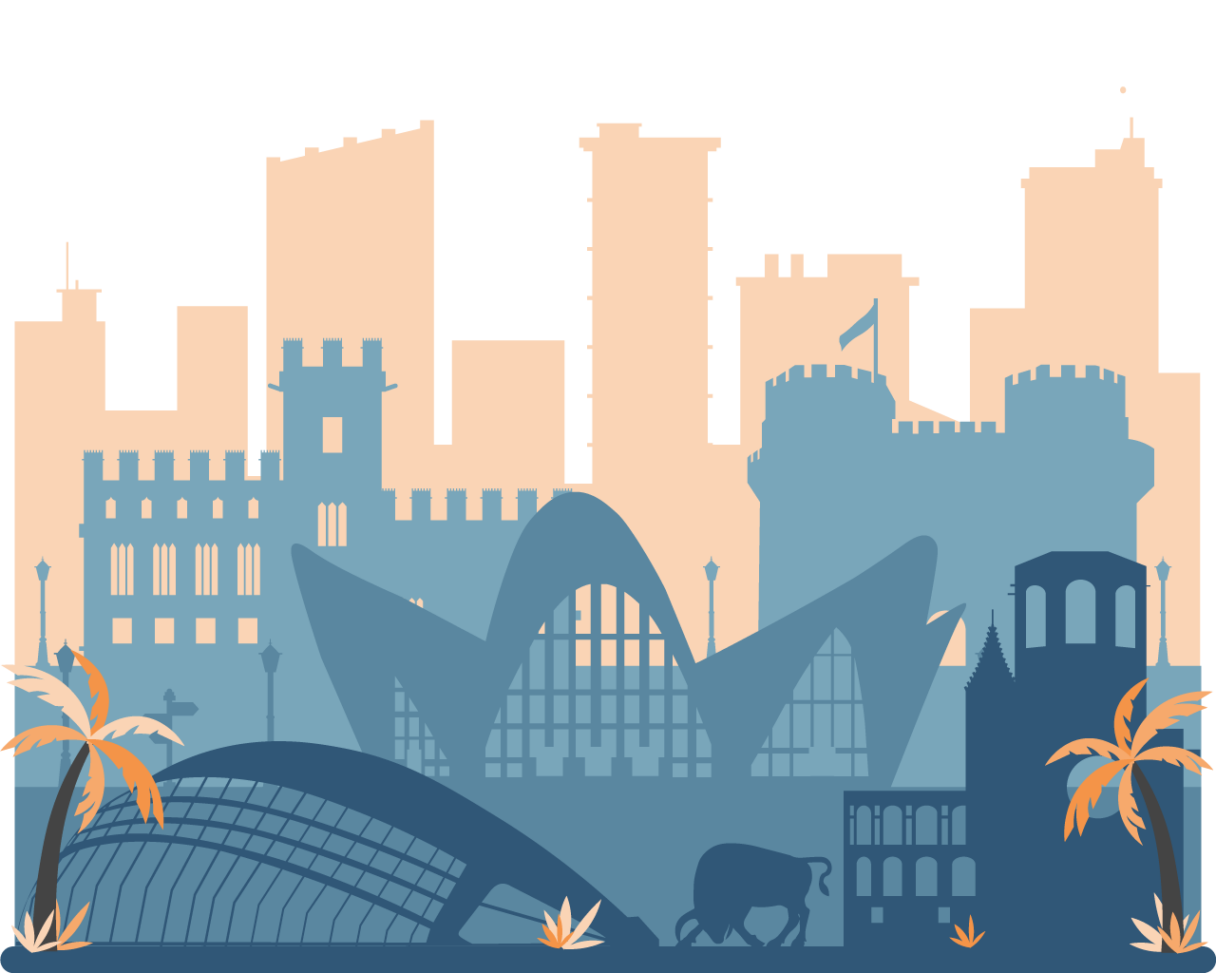
Erasmus Courses for Teachers in Valencia, Spain
OID: E10247545
Famous for its futuristic architecture, stunning beaches, mouth-watering paella, and lively cultural scene.
Confirmed Sessions in Valencia
Reviews
About the Training Centre in Valencia
All our courses in Valencia will take place either in the Morning (9:00 13:45) or in the Afternoon (14:00 – 18:45) depending on classroom and trainer availability.
Our courses in Valencia take place in: Av. de l’Oest, 24, planta 1ª Puerta 3ª, 46001 Valencia, Spain
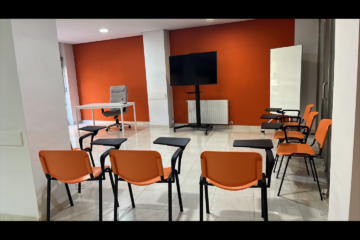
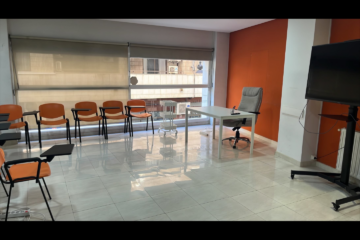
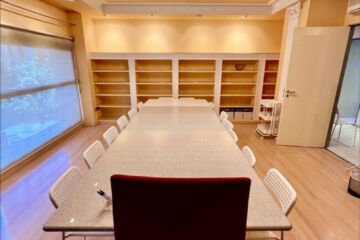

Our Cultural Activities
The following two free-time activities are included in the price of our courses in Valencia:
City tour Valencia
The tour is a guided walk through Valencia’s Ciutat Vella, the historic center of the city, which is one of the largest and best-preserved in Europe.
Highlights of the tour include visits to notable landmarks such as the Lonja de la Seda (interior visit), Plaza Redonda, Palacio del Marqués de Dos Aguas, the old University, Plaza de la Reina, Cathedral, Plaza de la Virgen, Calle Caballeros, Mare Vella, Portal de Valldigna, Roteros, and Torres de Serranos.
Throughout the walk, participants will explore various neighborhoods within Ciutat Vella, experiencing the city’s history, tradition, and architectural wonders.
The tour primarily focuses on exterior views of monuments, with the Lonja de los Mercaderes being the only interior visit. It offers a comprehensive overview of Valencia’s rich cultural heritage and is suitable for tourists seeking to immerse themselves in the city’s charm.
Duration: 2HStarting time and day: to be confirmedMeeting point: Plaza del Mercado
Valencia Tourist Card 24-hours
- UNLIMITED free transportation on EMT (Urban Bus) and in zones AB for Interurban Bus (Metrobus), Commuter TRAIN (Renfe), Metro, and tram. Includes the journey from Valencia Metro to the Airport and back (L3 and 5), zone +.
- FREE admission to municipal museums and monuments such as the Silk Exchange, the Serranos and Quart towers, the Fallero Museum, the Almoina, and many other landmarks.
- Special DISCOUNTS on the city’s main tourist attractions, such as the City of Arts and Sciences, Oceanogràfic, Tourist Bus, Marqués de dos Aguas Palace, Cathedral, and on tourist services, guided tours, restaurants, spas, and shops.
- 2 tapas and 2 FREE drinks.
- Starting time and day: Saturday (24h)
Valencia and Surroundings

Valencia is the capital city of the Valencian Community and is located in a central position having the other 2 biggest cities of the area in the north (Castellón) and the south (Alicante). There are many things that give Valencia its strong cultural identity.
The city is bilingual with 2 official languages, Spanish and Valencian. The city’s gastronomy is appreciated all over the world, with its most famous dish being “Paella”. This delicious recipe is prepared in many regions all over Spain but has its origins in Valencia.
Fallas is one of the most important festivities in Spain and attracts thousands of international tourists every year. Its architecture includes great examples of innovative design, such as the City of Arts and Sciences; but also urban art – as lots of graffiti decorate the streets of Valencia. The climate is Mediterranean so the weather is mostly warm and sunny, with pleasant summers and mild winters.
Best Things to Do in Valencia
1) Jardines del Turia

It is one of the biggest parks in Spain with a length of 10 km approximately, situated where the river Turia crossed the city. You can find many people running, playing or having a walk there! You can also cycle around the city since there is a bike-renting system called Valenbisi. It allows you to move around the city by taking available bicycles from different points across the city!
2) La Lonja de la Seda
This is an emblematic building and one of the most famous civil gothic monuments in Europe. It was declared a National Historic and Artistic Monument in 1931 and was made a World Heritage Site by UNESCO in 1996.
The Lonja is located in the center of the city – in front of the Central Market. At the end of the 13th century, as a result of the prosperity in València at the time, the old Lonja became insufficient and they decided to build a new Exchange.
3) The Cathedral and Plaza de la Virgen

This plaza is situated in Ciutat Vella and has an irregular shape. It is surrounded by Basilica Virgen de Los Desamparados and by the Cathedral, and it has a beautiful fountain that represents the river Turia.
El Micalet is also a very well-known attraction in this area. Go upstairs and count the steps! Once at the top, enjoy the nice views of Plaza de la Reina and more!
4) Fallas
Fallas was declared a cultural heritage by UNESCO. In March, many people go to experience the “mascletà” in Plaza del Ayuntamiento, with amazing fireworks, and also visit several fallas in the city. These are beautiful and colorful monuments built to reflect scenes and controversial topics from our society.
Take a look at these artistic wonders while having hot chocolate and buñuelos. You will be in the middle of a huge party for several days if you visit!
5) The Cabanyal

The Cabanyal is one of the most charming neighborhoods you can visit in Valencia, and it is right near the beach! Visitors can have a walk in the port area and find people surfing, playing volleyball, or sunbathing. However, el Cabanyal is a residential area rather than a tourist attraction – it is the old fisherman’s quarter.
Many streets in Valencia are famous for being decorated with colorful ceramic tiles, especially in el Cabanyal. Calle de la Reina is a great example! Also, there is a great food market in this area where you can buy seasonal and fresh products.
6) El Mercat Central
The Central Market is a collection of modernist architecture, and an agora with more than 100 stalls offering fresh products, especially oranges, tomatoes, and beans, but also cheese, spices, nuts, olives, drinks, or fish! You can even stop at the traditional bar located inside, run by chef Ricard Camarena for lots of tapas, assorted dishes, and more!
7) City of Arts and Sciences

Valencia also has a more modern area, built by architect Santiago Calatrava. It consists of several places, namely: the Hemisfèric, the Museum of Science, the Umbracle, the Palace of Arts Reina Sofia, the Oceanogràfic…
8) El Carmen
El Carmen forms part of Valencia’s old city. It is a district with historical importance and its age is made apparent by the historical buildings, old churches, and its narrow winding streets. Some of the recommended visits in El Carmen are Torres de Quart and Torres de Serranos, as well as the Museum of Ethnology. This neighborhood has lots of charming narrow streets with cozy cafés and bars too.
9) Mercado de Colón y Ruzafa
This market is one of the most emblematic modernist buildings you can find in Valencia. Built in 1914, it is an open area and also an important restoration project. Some trencadís give color to the entrance, which looks beautiful. The market is a usual meeting point and you can find stalls, cafés and interesting bars on both floors.
Ruzafa (or Russafa) is nowadays Valencia’s alternative “barrio” because it is a good spot for culture, food, and art. There are many bars and cool cafés to be explored. Visitors may have a look at Ruzafa’s market too if they want to try and buy good quality ingredients.
10) Plaza de Toros

This bullring has a neoclassic design and it was built between 1850 and 1860. It is almost 18 meters high and 52 meters if we measure the diameter. There are four levels, decorated with an array of differing brick arches and wooden balustrades. Inside there are 24 rows in the stands. The main events take place during Las Fallas and the July Fair, with music concerts and shows among those.
11) Estación del norte
The Train Station is located in the center of the city, next to the Bullring and close to Plaza del Ayuntamiento, where the City Hall is. The façade is filled with oranges and orange blossoms, inspired by the agriculture in this area. The construction is a modernist one, mixing elements like “trencadís”, pieces of glass, and ceramic – beautiful decorations!
 Please wait, we're loading the information about the courses. It could take few seconds.
Please wait, we're loading the information about the courses. It could take few seconds.












